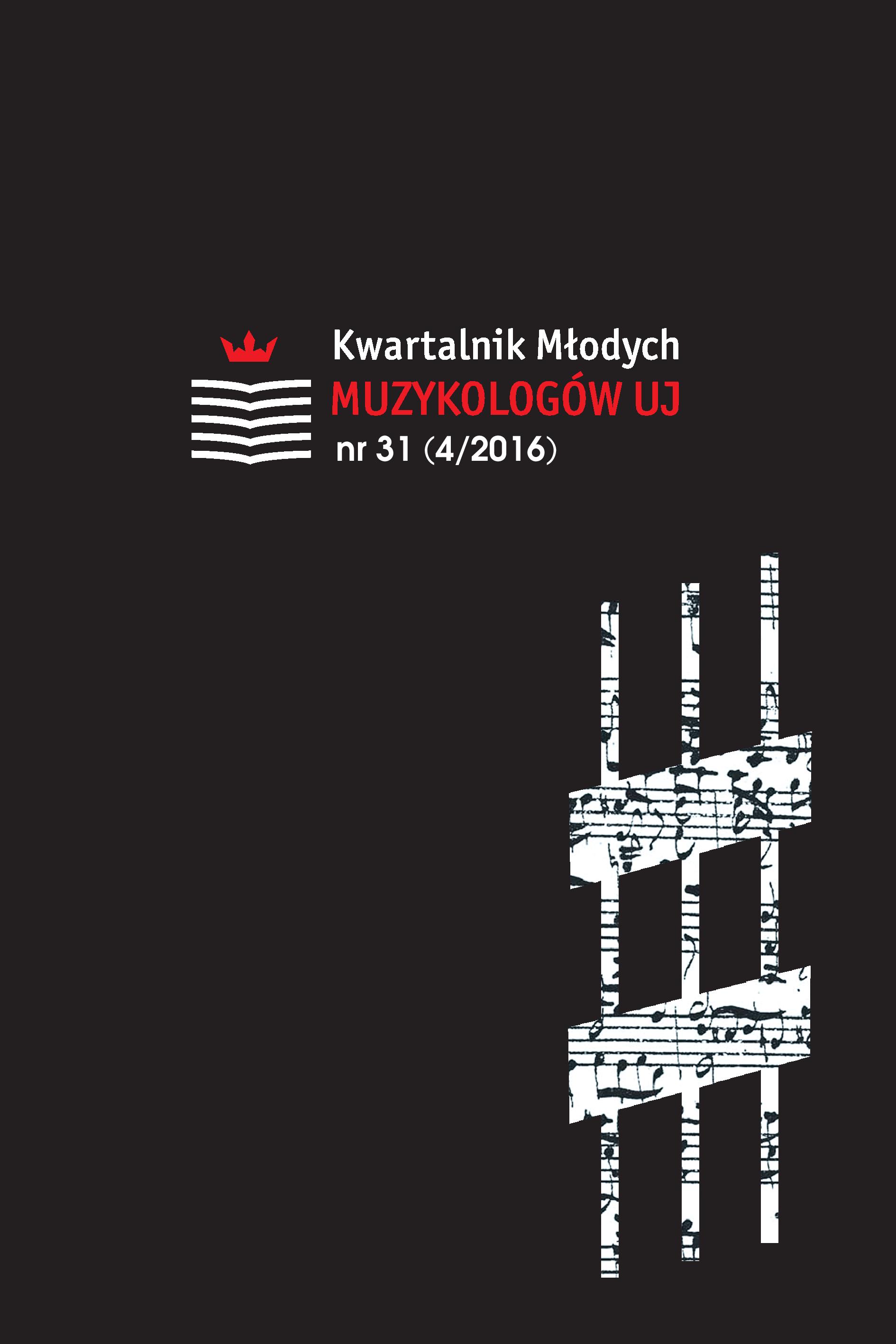Personifikacje cnót w dramacie liturgicznym „Ordo Virtutum” Hildegardy z Bingen i na romańskich kolumnach kościoła św. Trójcy w Strzelnie
Personification of virtues in liturgical drama Ordo Virtutum byHildegard of Bingen and on the Romanesque columns of the St.Trinity Church in Strzelno
Author(s): Debora WiąckiewiczSubject(s): Christian Theology and Religion, History, Fine Arts / Performing Arts, Cultural history, Music, History of Church(es), Middle Ages, Theology and Religion, 13th to 14th Centuries
Published by: Koło Naukowe Studentów Muzykologii UJ
Keywords: Hildegard of Bingen; Ordo Virtutum; Strzelno; medieval art
Summary/Abstract: Composed by Hildegard of Bingen in the Rhine-Hessen region in the middle of the 12th century, the liturgical drama Ordo Virtutum depicts a symbolic internal struggle for the fate of the soul between the virtues and the devil and is originally transposed into the language of low-relief found in the church owned by the Canonesses Nuns convent in Strzelno, a little town situated on the border of Kujawy and Wielkopolska regions in Poland. The aim of this article is to present how two visions of the same concept complement each other in an intriguing way, although they are expressed by two separate, yet merging languages of music linked with the text and low relief. Most of the musical and literary personifications of both Ordo Virtutum and low reliefs featuring figures in Strzelno are still comprehensible, despite being created eight centuries ago. They introduce the audience to the world of medieval sermons, theological treatises, lectures on ethics and moral theology. Both works show a holistic vision of the world, held by people of the medieval era. In that vision what is spiritual, mystical and elusive for the outward physical senses intertwines and is closely linked with what is tangible, material and directly perceptible. Hildegard’s music praised not only the works of God but also the virtues as deeply human attributes, linked with effort and choices of a free human being, capable of establishing a relationship with God. The column of virtues in Strzelno introduces to the sacred sphere a multitude of figures that become an icon of widely accessible perfection. It seems that both artists aimed at educating their audience as beauty was supposed to ennoble by giving the strength to the truth so that it could lead to good, also the ultimate good — God.
Journal: Kwartalnik Młodych Muzykologów UJ
- Issue Year: 2016
- Issue No: 04 (31)
- Page Range: 24-56
- Page Count: 33
- Language: Polish

